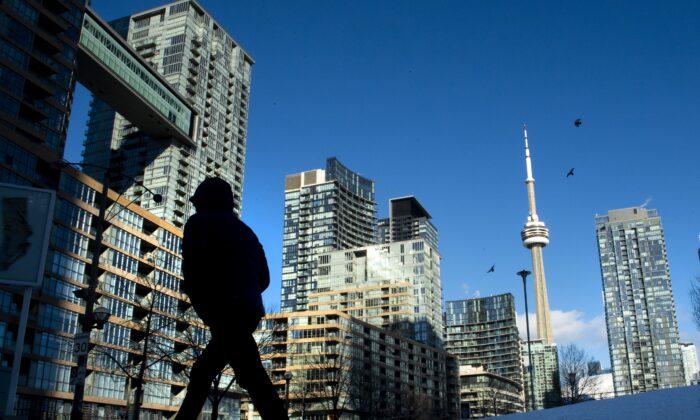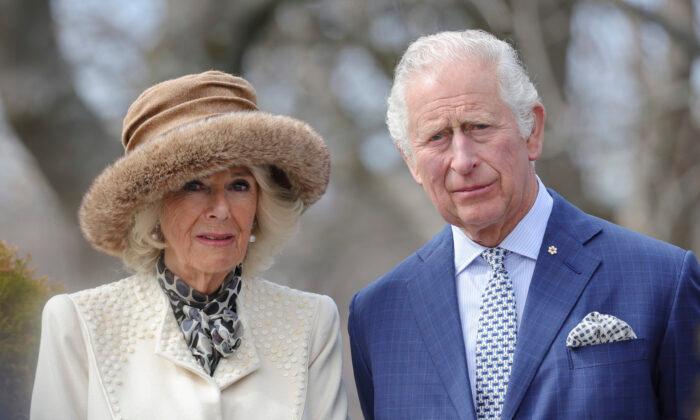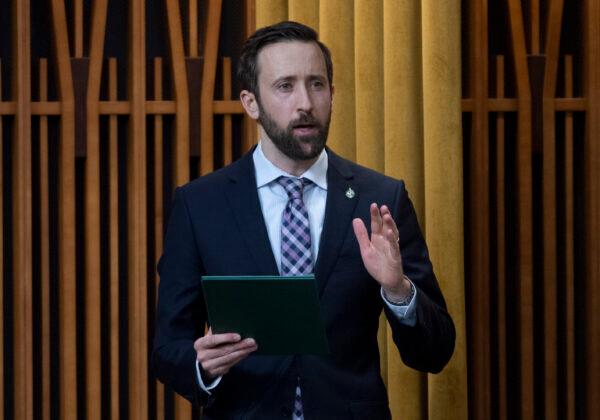“We’ve seen other jurisdictions implement sweeping lockdowns, indiscriminately violating people’s rights and destroying livelihoods. Nobody wants that to happen here in Alberta,” Kenney said at a Nov. 6 COVID-19 briefing.
Meanwhile, the Public Health Agency of Canada updated its COVID-19 guidelines to include the risk of airborne transmission of the virus, saying it can be spread “through respiratory droplets and aerosols created when an infected person coughs, sneezes, sings, shouts, or talks.”
Previously, PHAC advised that the virus could only spread through breathing in droplets, touching contaminated surfaces and then touching one’s face, or touching other people through handshakes and hugs.
There are now new guidelines on masks as well, with Chief Public Health Officer Theresa Tam recommending Canadians opt for a three-layer non-medical mask, including a middle filter layer, to improve protection.
In March, Tam said that those who are asymptomatic or haven’t been around someone with a confirmed case of COVID-19 needn’t wear a mask, then in April advised that wearing a mask is an additional measure everyone should take.
The issue of mixed messaging undermining trust in public health has been a common criticism of government policy since the early days of the pandemic.
Dr. Shawn Whatley, former president of the Ontario Medical Association and a senior fellow at the Macdonald-Laurier Institute, says a lack of transparency is part of the problem.
“When you’re trying to address a science problem with public policy, it’s easy to confuse the public as information rapidly changes. The public are confused by the messaging due to lack of transparency. They should be told information will likely be subject to change as things develop,” Whatley said in an interview.
“I think the public will get frustrated again due to the contradictions they see in how things are implemented and put into practice,” he added. “You saw this particularly with the lockdowns and then the mass rallies and protests with no arrests or fines. But a family living in the same house playing in the park could get a fine.”
The politicization of the crisis hasn’t helped either, Whatley said.
“I think this pandemic has been very politicized, much more than any other pandemic in the past … and this has really impacted the response and the debate around it.”
The politicization of the pandemic constitutes a flaw in the government’s handling of the crisis, he said, arguing that it has been hard to have an adaptable response as the science takes a backseat to partisan policy-making.
“What we’ve done is get an idea from experts and then instantly try to pass a law or regulation for it, so it’s then hard to back away from because of politics,” he said.






Friends Read Free